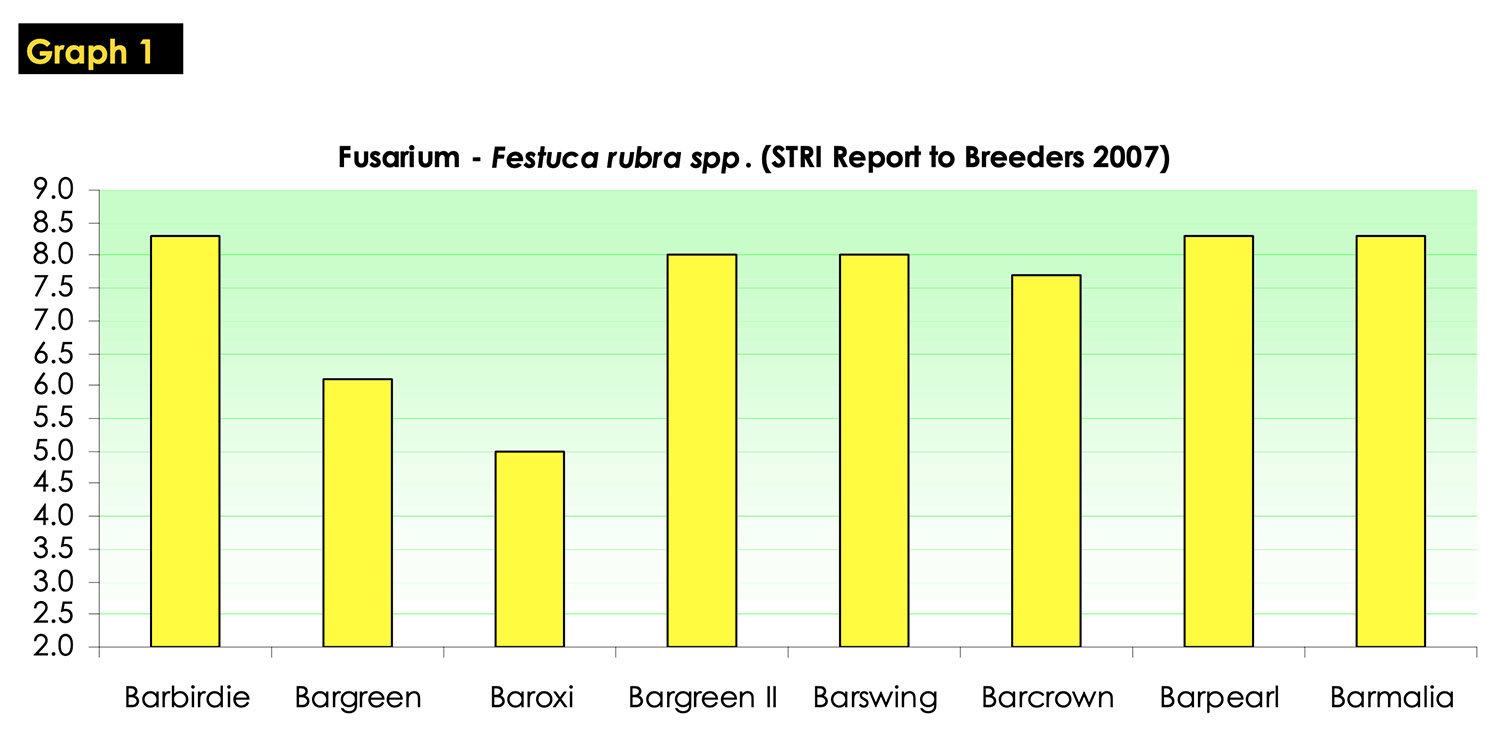Fusarium Patch
Disease Background
Microdochium nivale
Fusarium patch is a fungal disease which affects most cool season grasses, annual meadowgrass (Poa annua) being particularly susceptible. Fusarium patch is most prevalent during cool, wet conditions, especially on swards which are weakened by unbalanced nutrition or suffer environmental pressures such as waterlogging, thatch or high pH. The severity of the infection will depend upon environmental influences and the susceptibility of the grass plant (stress factors or improved tolerance).





